The pancreas is an organ located behind the stomach that secretes juices to help digest food, as well as produce hormones (such as insulin and glucagon) to regulate blood sugar levels. Examples of noncancerous pancreatic disorders include:
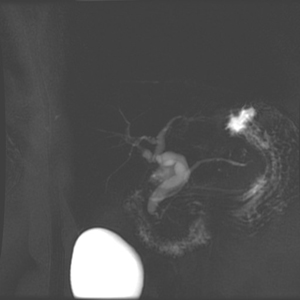
- Pancreatitis: inflammation of the pancreas, which can be short-term (acute), long-term (chronic), or recurrent
- Pancreatic cysts and pseudocysts (sacs containing pancreatic fluid that may develop in patients with pancreatitis)
- Pancreatic divisum (a birth defect in which parts of the pancreas fail to join together)
- Pancreatic stones (blockage of a pancreatic duct by a gallstone)
The specialists in the Center for Advanced Digestive Care
(CADC) at NewYork-Presbyterian/Weill Cornell Medical Center are experienced in diagnosing and treating pancreatic disorders. An interdisciplinary team of gastrointestinal specialists in endoscopy, radiology, and surgery works together to provide each patient with coordinated, advanced, and individualized care. Please contact our Advanced Interventional Endoscopy team to discuss your case.
Symptoms of Noncancerous Pancreatic Disorders
Depending on their type and stage, disorders of the pancreas may cause symptoms such as nausea and vomiting, upper abdominal pain that radiates into the back, jaundice, weight loss, and fever. Some disorders, such as pancreatic divisum, may cause no symptoms at all.
Diagnosing Noncancerous Pancreatic Disorders
The following diagnostic tests may be performed by the CADC's Advanced Endoscopy Team to diagnose pancreatic disorders:
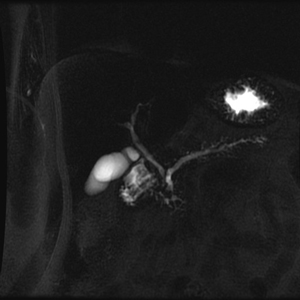
- Imaging tests such as CT scanning and magnetic resonance imaging (MRI)
- Functional testing using secretin-stimulated magnetic resonance imaging
- Endoscopic ultrasound (EUS)
- Endoscopic retrograde cholangiopancreatography (ERCP)
- Probe-based confocal endomicroscopy
- Narrow band imaging of the pancreatic duct
- Pancreatoscopy
For more about these procedures, visit the Advanced Interventional Endoscopy page.
Treatment of Noncancerous Pancreatic Disorders
The treatment of pancreatic disorders depends on the type and severity of the disorder. Patients with pancreatitis (acute or chronic) may need to stay in the hospital to receive intravenous fluids, antibiotics, medication to relieve pain, and nutritional support with feeding tube placement.
Pancreatitis Treatment
| Patients with pancreatitis are at risk for complications such as pancreatic stones, narrowing of the ducts, bile duct leaks, and/or cysts and pseudocysts. Our interventional endoscopy specialists are experts in performing ERCP, EUS, EUS-guided ERCP, and other EUS-guided procedures to treat these complications. We employ extracorporeal shock wave lithotripsy (ESWL) to treat large pancreatic stones, the same way it is used to treat kidney stones. | 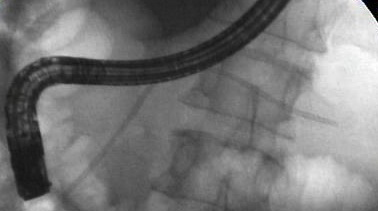
Pancreatic Stent |
We employ extracorporeal shock wave lithotripsy (ESWL) to treat large pancreatic stones, the same way it is used to treat kidney stones. ERCP is used to perform a sphincterotomy (a tiny cut made to enlarge the duct opening); to perform balloon dilatation (insertion of a balloon to open a narrowed duct); to insert a stent and open a blocked duct; or to remove or destroy an occluding stone using laser or mechanical lithotripsy (shock wave therapy). | 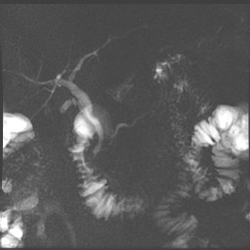
|
When pancreatic tissue is destroyed in patients with acute pancreatitis, ERCP can be performed to detect a disruption in the pancreatic duct and to place a stent sealing the leak. A feeding tube can be inserted to provide nutrition while resting the pancreas. Pancreatic fluid collections or pseudocysts can be drained safely endoscopically using EUS guidance. Necrotic tissue (dead tissue of the pancreas) can be debrided (removed) from the inside using endoscopic approaches. Patients with severe pain due to pancreatitis may undergo an EUS-guided celiac plexus block (neurolysis — a form of local anesthesia used to treat severe or chronic abdominal pain. | 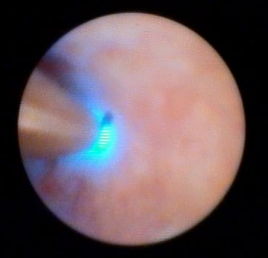
|
Pancreatic Divisum Treatment
In the case of pancreatic divisum, some individuals develop a blockage of the pancreatic ducts which causes pancreatitis. The CADC's physicians treat patients who develop this complication with supportive therapy for pancreatitis, and they perform ERCP to enlarge the "accessory" duct draining the main pancreatic duct.



